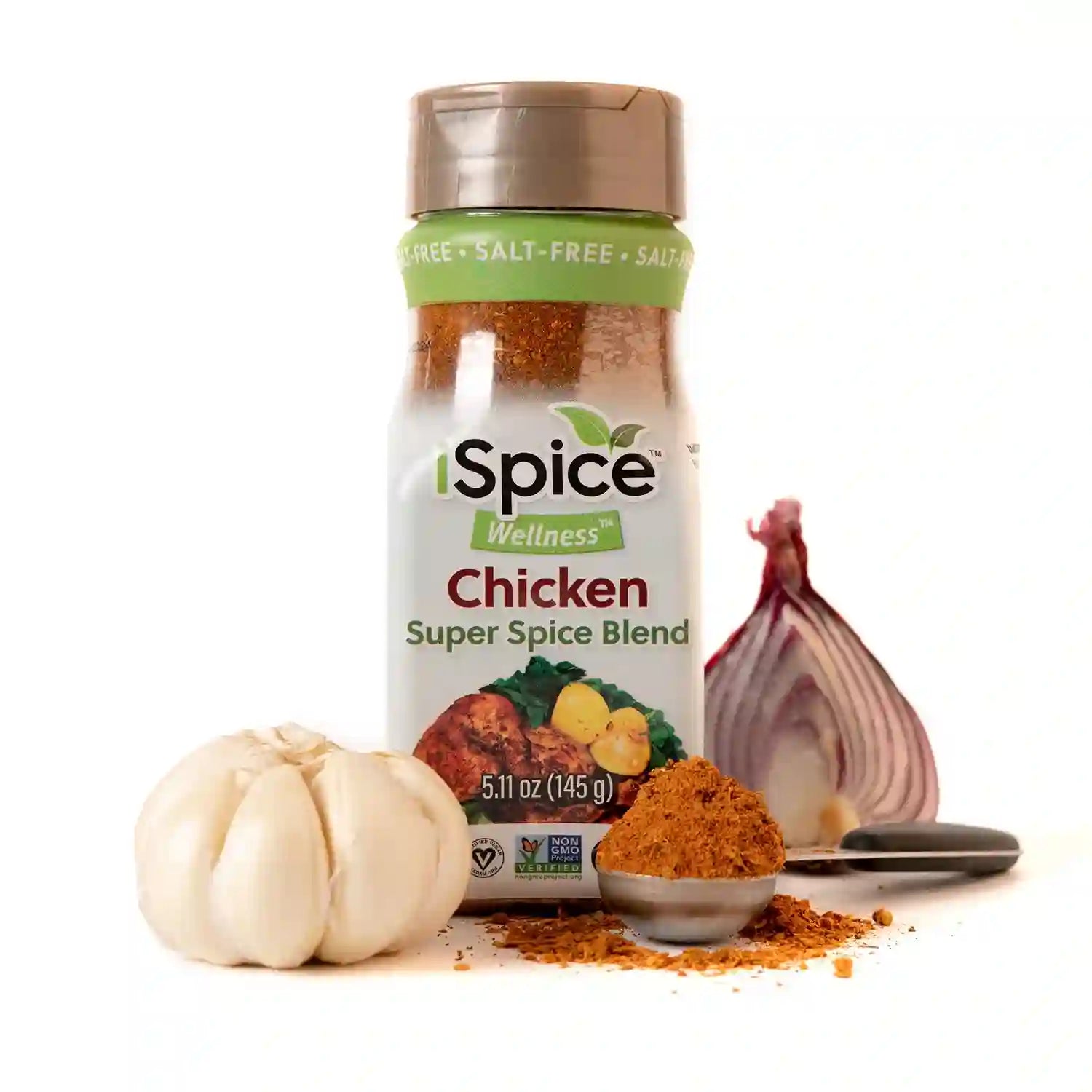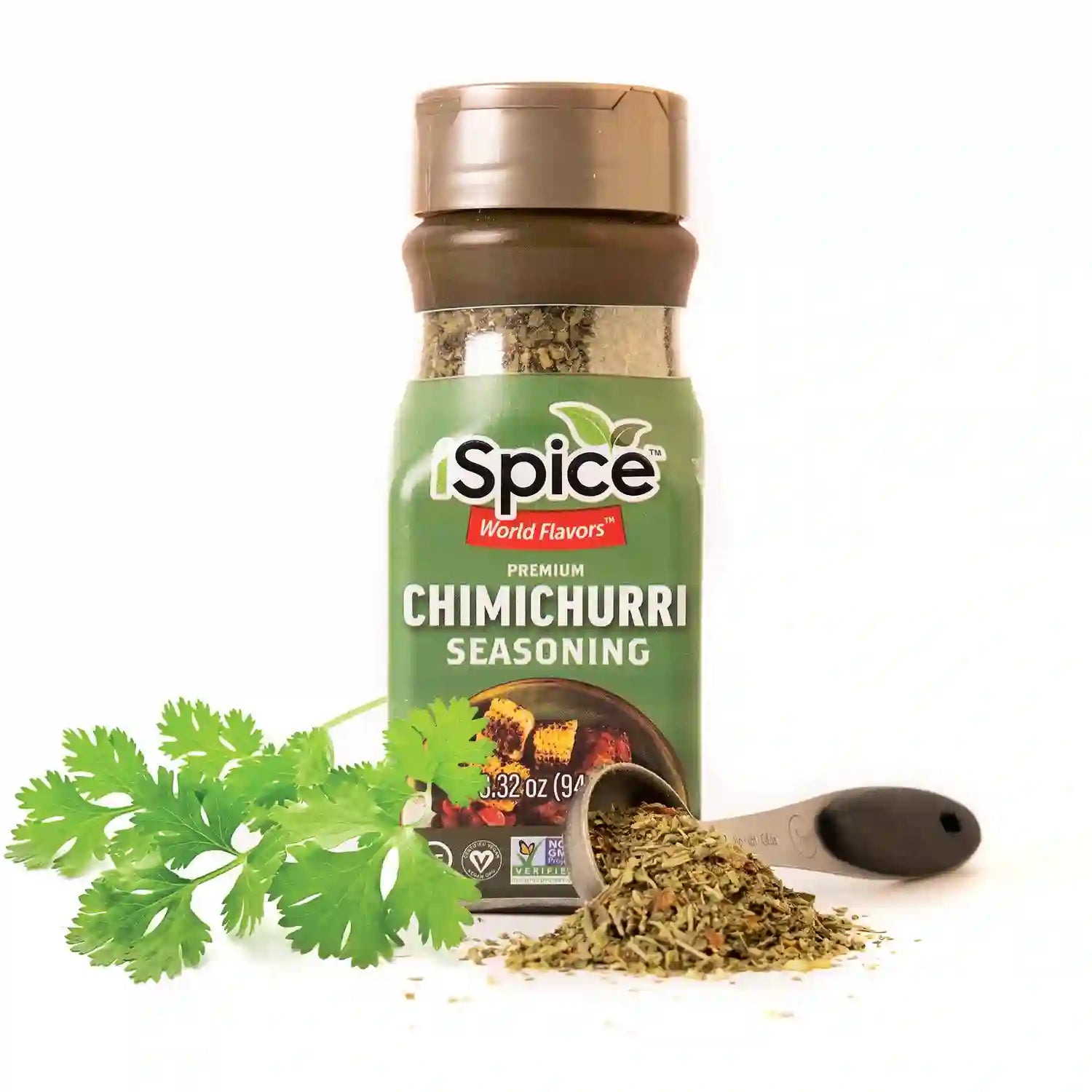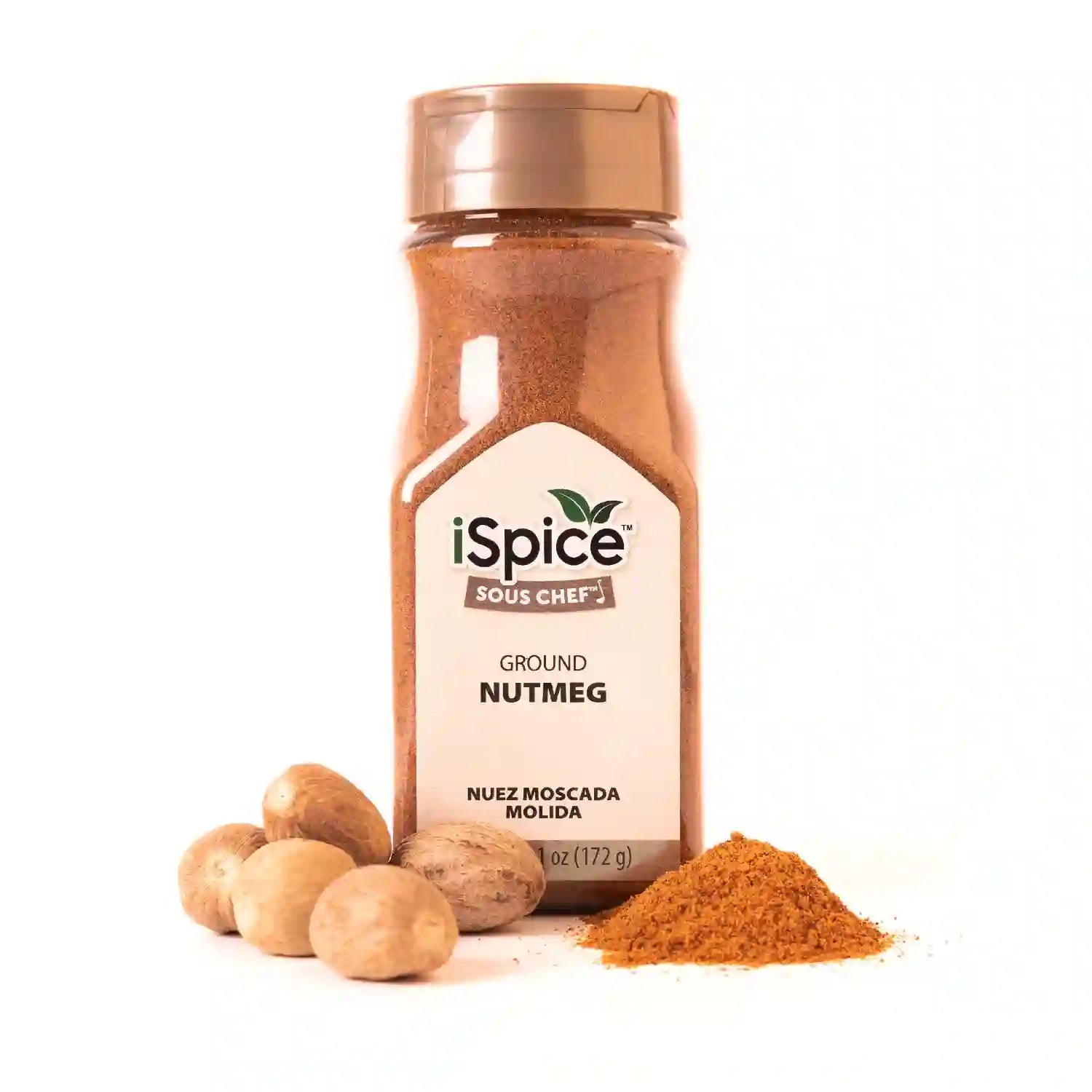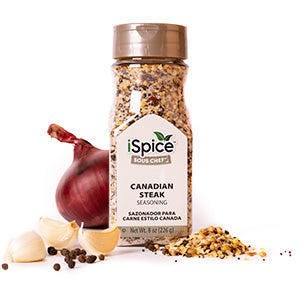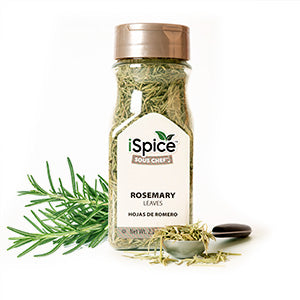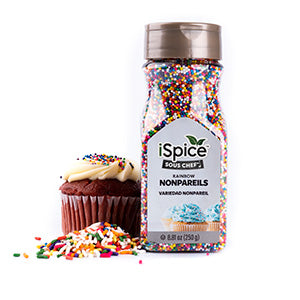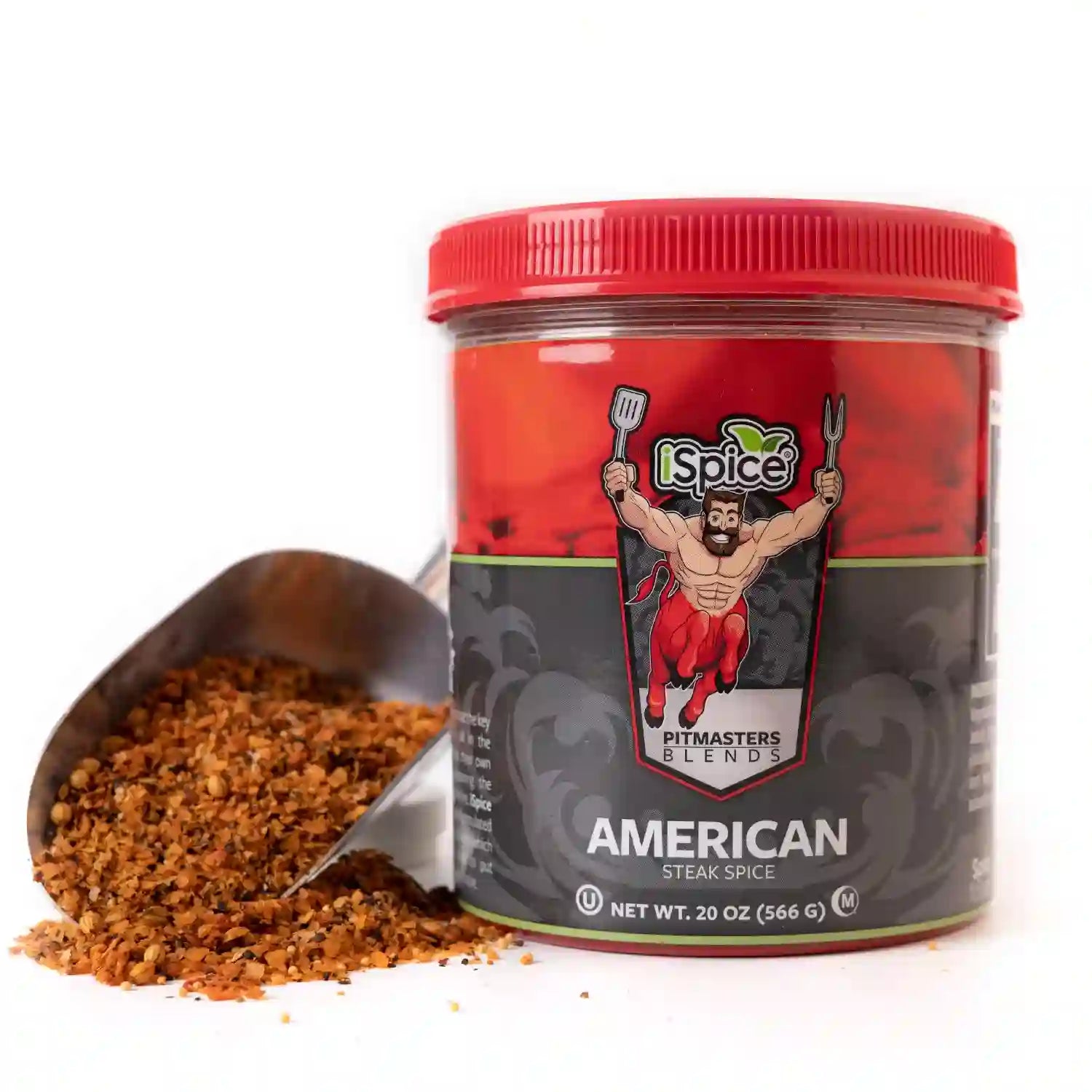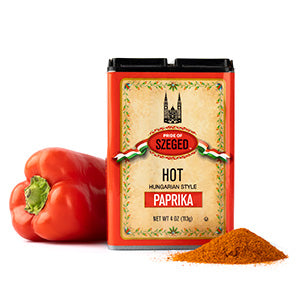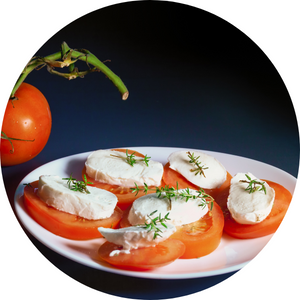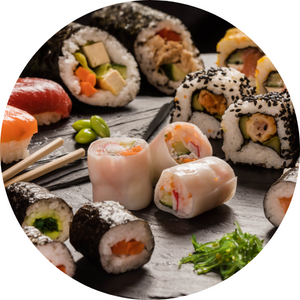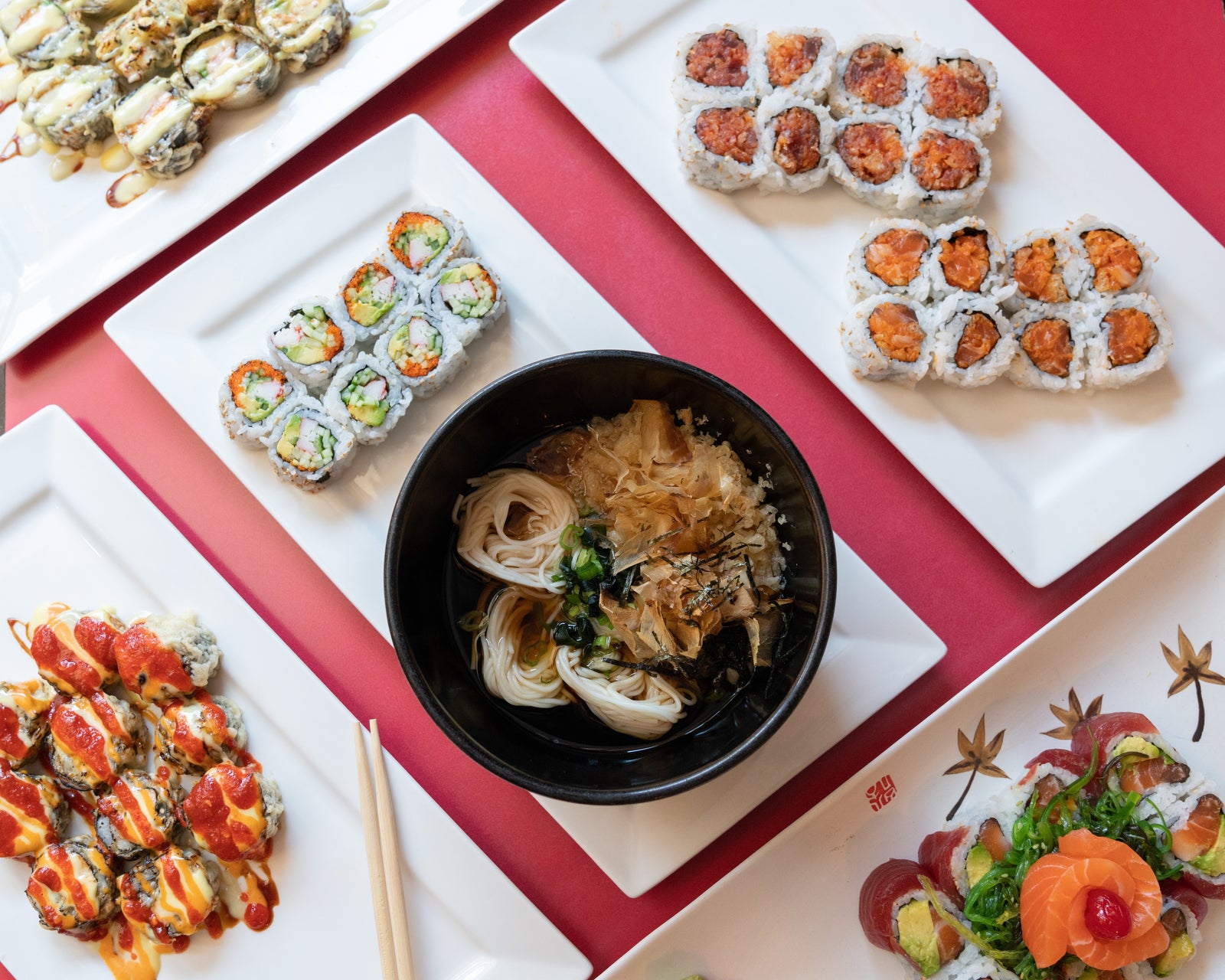
Introduction
Japanese cuisine is renowned for its exquisite flavors, artful presentation, and emphasis on fresh, seasonal ingredients. At the heart of this culinary tradition lie five core seasonings that have been integral to Japanese cooking for centuries. Each seasoning brings a unique taste profile, enhancing the natural flavors of the ingredients and creating a harmonious balance in every dish. In this article, we will delve into the world of Japanese culinary artistry and explore the five essential seasonings that give Japanese dishes their distinctive character.
1. Soy Sauce (Shoyu)
Soy sauce, known as "shoyu" in Japanese, is arguably the most well-known and widely used seasoning in Japanese cuisine. Made from fermented soybeans, wheat, water, and salt, soy sauce has a deep, savory umami flavor that complements a wide range of dishes. It comes in various types, including light (usukuchi) and dark (koikuchi) soy sauce, each with its unique taste and purpose. Soy sauce is not only a common seasoning for dipping sauces but also a key ingredient in many marinades, dressings, and soups.
2. Mirin
Mirin is a sweet rice wine commonly used in Japanese cooking to add a delicate sweetness and depth of flavor to dishes. Made from glutinous rice, koji mold, and sugar, mirin has a slightly lower alcohol content than sake, another traditional Japanese rice wine. It is often used in teriyaki sauces, glazes, and simmered dishes (nimono) to impart a rich sweetness and glossy finish. Mirin's ability to balance the savory and sweet elements of a dish makes it an indispensable seasoning in Japanese cuisine.
3. Dashi
Dashi is the foundation of many Japanese dishes, providing the essential umami taste that underlies the country's culinary creations. This flavorful broth is made by simmering ingredients such as dried bonito flakes (katsuobushi), dried seaweed (kombu), shiitake mushrooms, and sometimes, dried sardines. The resulting liquid is strained to produce a delicate and savory broth that forms the base of soups, stews, and sauces, including the popular miso soup. Dashi's umami-rich flavor elevates the taste of all other ingredients in a dish, making it an irreplaceable seasoning in Japanese cooking.
4. Wasabi
Known for its fiery kick and distinct green color, wasabi is a pungent seasoning that adds a zesty flavor to Japanese dishes. Wasabi is a member of the Brassicaceae family, along with horseradish and mustard, and is commonly served with sushi and sashimi. Its intense spiciness clears the sinuses and enhances the taste of raw fish, creating a uniquely refreshing culinary experience. Fresh wasabi root is grated into a paste and served as a condiment, while imitation wasabi, made from horseradish and mustard with green food coloring, is more commonly found outside of Japan.
5. Shichimi Togarashi
Shichimi togarashi, also known as Japanese seven-spice blend, is a seasoning mixture that adds a delightful burst of flavor and heat to various dishes. The blend typically includes red chili pepper, black pepper, white sesame seeds, dried mandarin orange peel, nori seaweed, poppy seeds, and hemp seeds. Shichimi togarashi is a popular condiment for noodle dishes such as udon and soba, as well as grilled meats and tempura. Its complexity of flavors adds a nuanced dimension to Japanese cuisine, making it a favorite among spice enthusiasts.
Conclusion
Japanese cuisine is a celebration of flavors, where each seasoning plays a vital role in creating a symphony of tastes that delight the senses. From the umami-rich dashi to the fiery wasabi and the versatile soy sauce, these five core seasonings are the backbone of Japanese culinary artistry. As you embark on a journey to explore the world of Japanese cooking, embrace these essential seasonings to unlock the authentic flavors of this fascinating and diverse culinary tradition.
Alert: While spices can have many beneficial properties for health, using them for medical purposes should be done under the guidance and supervision of a healthcare professional or specialist. Some spices may interact with medications or cause adverse reactions in certain individuals, and it is important to use them safely and appropriately. If you are considering using spices for a medical condition, it is important to consult with a healthcare professional before doing so.

